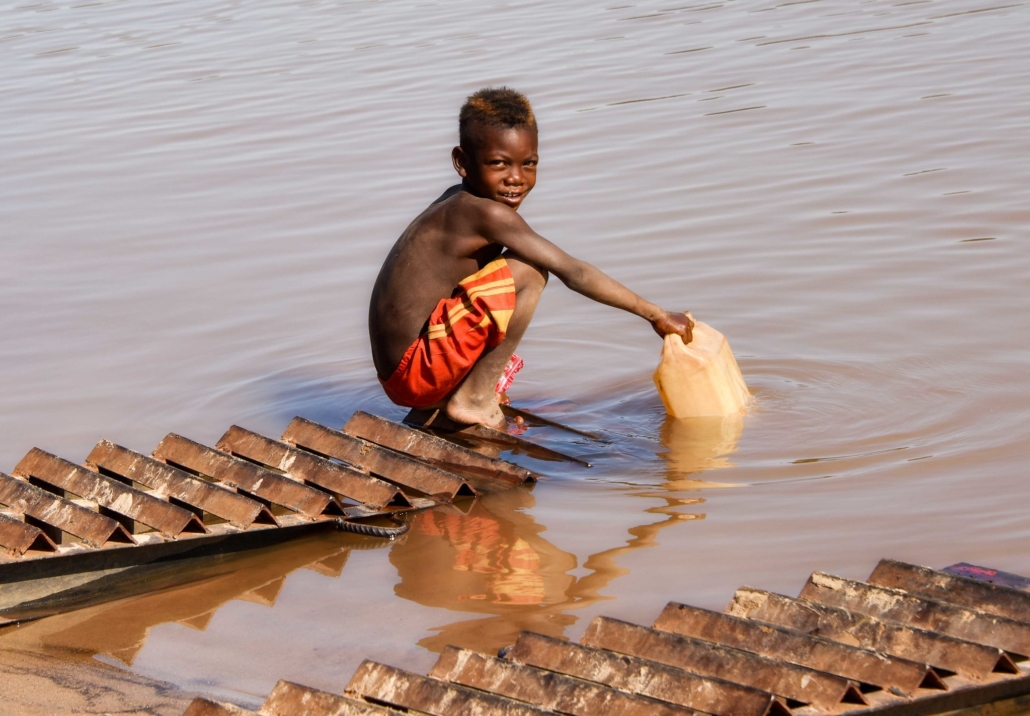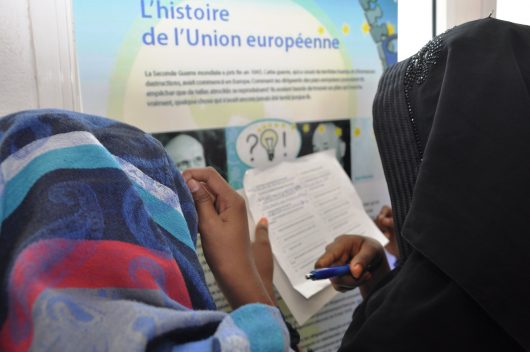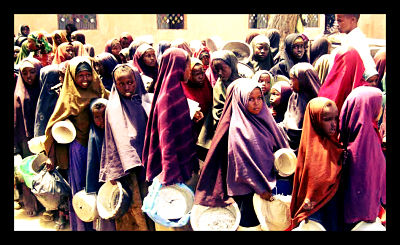 South Africa possesses one of the strongest economies and lowest hunger rates in the continent of Africa. It is a middle-income emerging economy with a profusion of natural resources and well developed legal, communication, energy and transport systems. In recent years, its economic growth has declined to 0.7 percent and records show official unemployment as 27 percent. The cost of food in South Africa has increased and citizens are finding it more difficult to acquire food. South Africa’s economic state is one of the main reasons why millions of South Africans are food insecure, unable to consistently access or afford adequate food. To grasp the volume of the issue, here are 8 facts about hunger in South Africa.
South Africa possesses one of the strongest economies and lowest hunger rates in the continent of Africa. It is a middle-income emerging economy with a profusion of natural resources and well developed legal, communication, energy and transport systems. In recent years, its economic growth has declined to 0.7 percent and records show official unemployment as 27 percent. The cost of food in South Africa has increased and citizens are finding it more difficult to acquire food. South Africa’s economic state is one of the main reasons why millions of South Africans are food insecure, unable to consistently access or afford adequate food. To grasp the volume of the issue, here are 8 facts about hunger in South Africa.
8 Facts about Hunger in South Africa
- The Statistics South Africa General Household Survey (GHS) reported that 7.4 million people encountered hunger in 2016 and 1.7 million households had a family member go hungry in the past year. The percentage of South African Households with an insufficient or severely insufficient acquisition of food has been steadily declining since 2002. This may be in relation to the rising price of food and the unemployment rate in South Africa. The inflation rate was 5.3 percent in 2017 and the unemployment rate was 27.5 percent.
- According to the World Wildlife Fund (WWF) 2017 report, “Food Loss and Waste: Facts and Figures,” a third of all the food produced “in South Africa is never consumed and simply ends up in a landfill.” Specifically, South Africa loses 210 kg per person per year. The report detailed that this contributes to adding more pressure to South Africa’s overly exerted waste-disposal system. The WWF is currently doing research on how to tackle food loss and working towards advocating for action across government and business sectors. Its “research includes both qualitative studies of attitudes and understanding and more data-driven approaches such as using life-cycle analysis to understand hotspots in food product value chains.”
- Reports indicated that households led by whites (96.6 percent) and Indian/Asians (93.2 percent) have adequate access to food. On the other hand, black African headed households had the largest proportion (17.9 percent) of households with inadequate access to food. This relates to the fact that the South African unemployment rate is roughly 27 percent of the workforce, and runs significantly higher among black youth.
- The number of children aged five or younger who have experienced hunger in 2017 reached half a million and counting. Data provided by Statistics South Africa shows that households with few to no children have more adequate food. Tables show that “80.8 percent of households with no children reported that their food access was adequate.” The report detailed that more than half of the households containing children that have undergone hunger were in urban areas. The report defines rural areas as traditional areas and farms. South Africans living in rural areas are more likely to have farms and thus attain food through agricultural means. Families living in urban areas have a harder time growing food or farming due to their location and surroundings.
- The Statistics South Africa General Household Survey reports that in 2017, 63.4 percent of households located in urban areas claimed they were experiencing hunger. As in the previous point, South Africans living in rural areas are more likely to gain food through farming endeavors, whereas people in cities will be less likely to grow their own food.
- The number of those living in extreme poverty in South Africa rose from 11 million in 2011 to 13.8 million in 2015. The price of agricultural products has increased over several years as well, which places many South Africans who are combating poverty in a position of insufficient access to food. South Africa’s GDP for agriculture in 2017 was 2.8 percent. Households most commonly grow crops or keep animals in order to grab hold of an additional food source. However, only 14.8 percent of households took part in manufacturing agriculture and only 11.1 percent of these individuals declared receiving government-issued agricultural support. The support would involve training as well as dipping/livestock vaccination services but it is not very widespread across South Africa. The few provinces that received significant support were KwaZulu-Natal (16 percent), Eastern Cape (21.7 percent) and Northern Cape (21.1 percent).
- FoodForward South Africa (SA) is a nonprofit organization that redistributes food throughout South Africa. It has partnered with “retailers, manufacturers, wholesalers, farmers and growers” to distribute their overabundance of food to those in need. The organization distributed 4,400 tonnes of food and fed 250,000 people in 2018. It provides food to beneficiary organizations centered around services such as youth development, women’s empowerment and care centres that serve “hundreds of thousands of beneficiaries daily throughout South Africa.”
- The last of the 8 facts about hunger in South Africa is that many South Africans are not dying of hunger, but malnutrition because they do not have access to proper amounts of food. Malnutrition is the main cause of death for younger children. Deficiencies of vitamins and minerals can lead to birth/growth defects and increase the risk of getting HIV and AIDS. UNICEF is aiding the Department of Health to restructure the capacity of health workers and execute nutrition aid in under-served communities in South Africa. It has also implemented the single infant feeding strategy that encourages breastfeeding in relation to HIV. Specifically, to ensure that babies reach their full potential, health practitioners encourage mothers with HIV and their babies to take antiretroviral medicines (ARV) to prevent transmission.
This list of 8 facts about hunger in South Africa underscores the hunger issue that a number of people in South Africa face. Groups and organizations like the United Nations International Children’s Emergency Fund (UNICEF), FoodForward SA and the World Wildlife Fund (WWF) recognized this problem and are making efforts to improve food conditions in South Africa.
– Jade Thompson
Photo: Flickr



